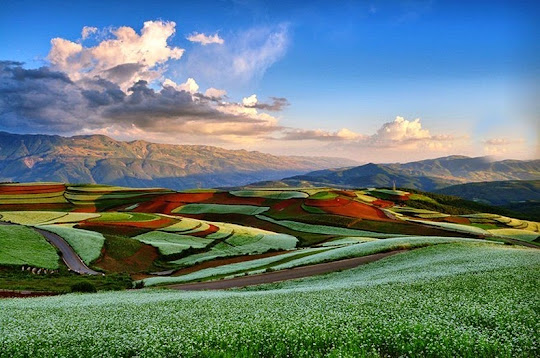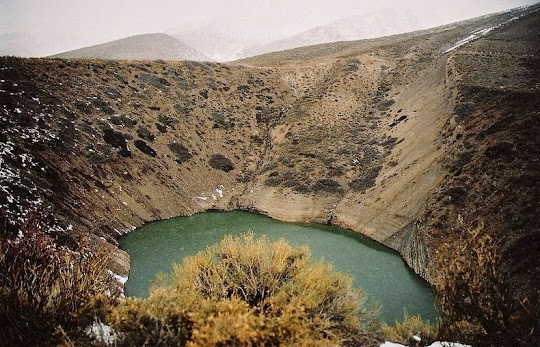The mountain valley of Quebrada de Humahuaca, in the province of Jujuy, in north-west Argentina, is home to some fascinating geology. The Hill of Seven Colors and Painter's Palette in Maimará are famous, but most visitors leave the creek without knowing the mountains of Hornocal or “Serranias del Hornocal”. Located just 25 km from Humahuaca, along a well-graded unpaved road, this mountain range is definitely a must-see for anyone visiting Argentina, yet quite shockingly, this site left out of almost all the tourist circuits because of which Serranias del Hornocal remains unknown to most travelers on the road that leads to Humahuaca.

The incredible colors and the inverted-V shaped formation seen here is part of the limestone formation called Yacoraite that extends from Peru to Salta, through Bolivia and the Quebrada de Humahuaca. The road that leads to this place, located at an altitude in excess of 4,300 meters, is inaccessible by bus, but can be easily reached by a regular car or a 4x4. Despite warnings of inaccessibility and risks involved, those who travel to this place have discovered that it’s actually a pretty easy route.









Source
READ MORE»

The incredible colors and the inverted-V shaped formation seen here is part of the limestone formation called Yacoraite that extends from Peru to Salta, through Bolivia and the Quebrada de Humahuaca. The road that leads to this place, located at an altitude in excess of 4,300 meters, is inaccessible by bus, but can be easily reached by a regular car or a 4x4. Despite warnings of inaccessibility and risks involved, those who travel to this place have discovered that it’s actually a pretty easy route.









Source











































